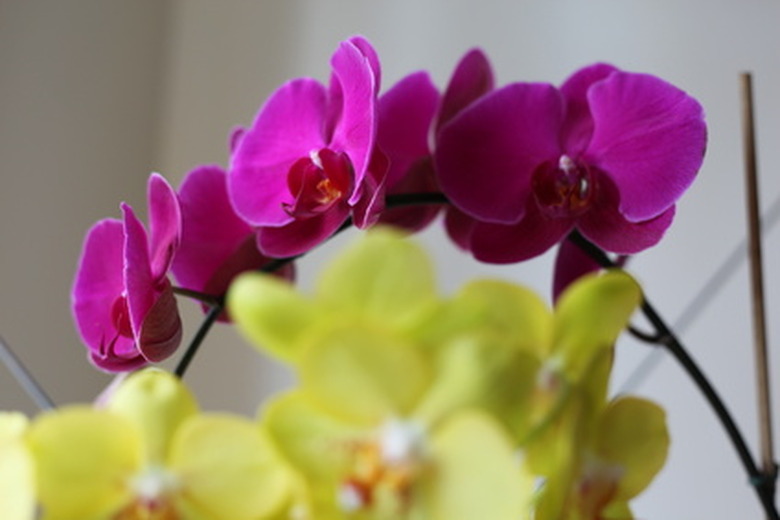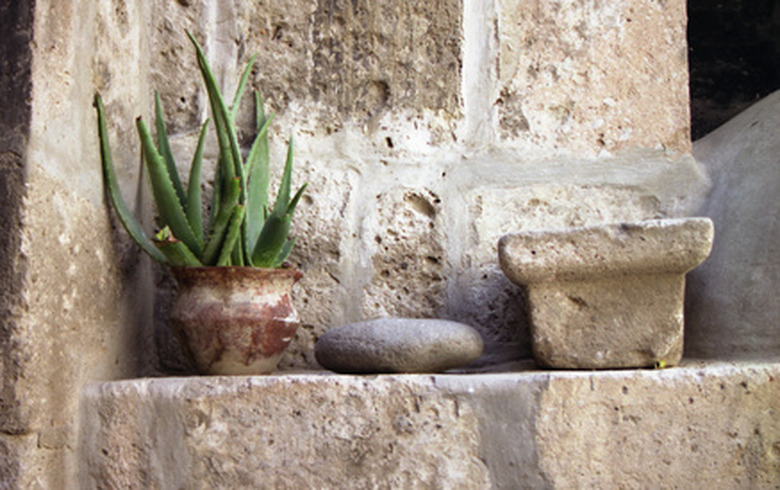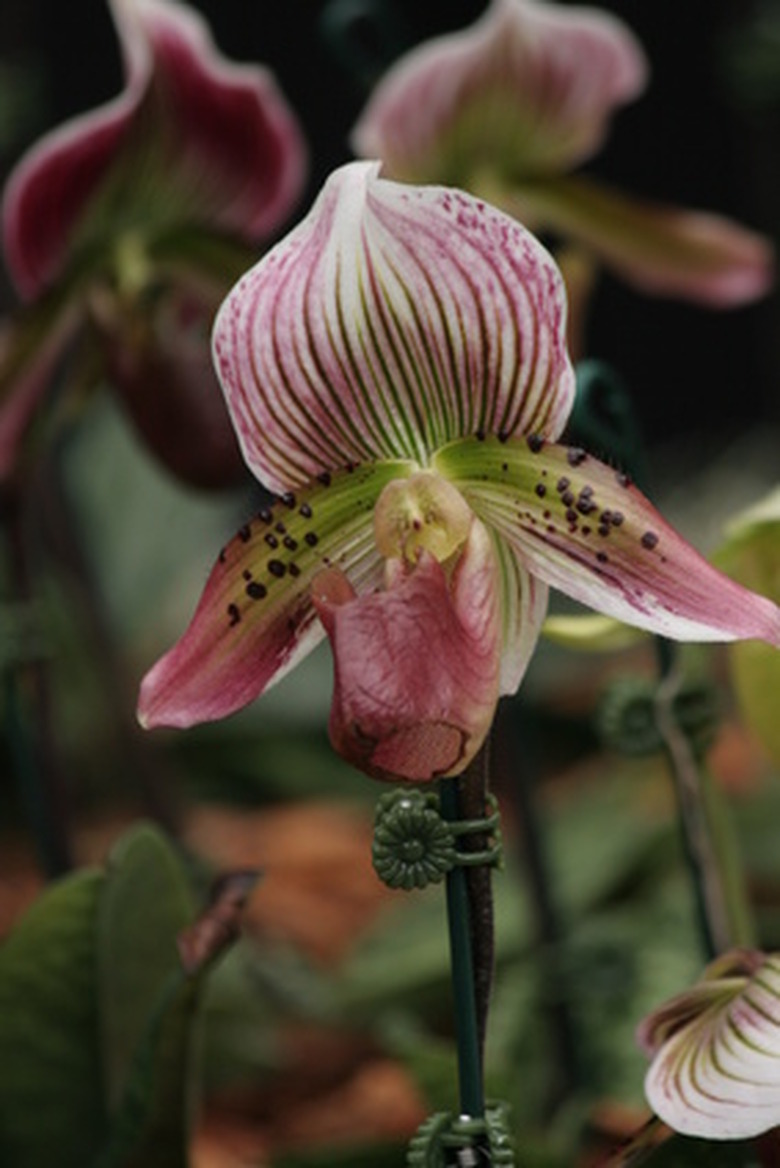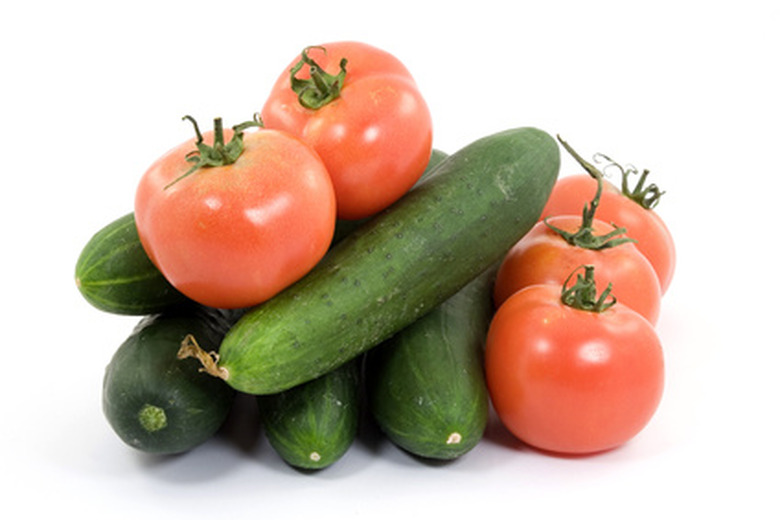Plants That Don't Need Soil But Stones & Water
There are many plants that do not require soil in order to be grown. Research has shown that the use of hydroponics—growing plants using mineral nutrient solutions instead of soil—can be done with almost all types of plants. The benefit of growing without soil is the elimination of fungus and soil-borne diseases which kill or greatly stunt the growth of the plant. With hydroponic techniques ranging from stones and water, to the difficult and expensive National Aeronautics and Space Administration (NASA) techniques, there are a variety of hydroponic systems available for anyone to use and enjoy soil-less plants.
Aloe
The aloe plant is native to Africa and comes in over 250 varieties ranging from mini one-inch plants to two feet in diameter plants. Since aloe plants need very well-draining soil, they do quite well in a container filled with pebbles, sand or a mixture of both. Aloe is a succulent, so it holds onto most of the water it is given to withstand severe drought. This plant does well on limited watering.
Orchids
Orchids can be grown easily without soil. The use of lava rock, which is very porous, is an excellent way to grow orchids. Orchids take their needed nutrients directly from the air, so good circulation is very important. The lava rock allows the orchid's root system to grab the nutrients, while helping to hold the plant upright. Fill a shallow dish with water and pebbles and place the orchid pot on top. The humidity created from the water underneath will add to the health of the plant. Orchids are humidity-loving plants.
Vegetables
Nearly every kind of vegetable, flower, and plant can be grown without soil, hydroponically. Converting regular containers into hydroponic containers is an easy task. Take caulk and close up any cracks or drainage holes in the pot. Minor and major elemental nutrients are then needed for the growth of the plant. These hydroponic nutrients are available in garden centers. This hydroponic solution give the plant everything it would have gotten from the soil, such as nitrogen, phosphorus and potassium, among others.
Specially formulated soil-less planters also are available, featuring self-aerating capabilities, to provide the best circulation for the plants. Soil-less gardening has come a long way. With the technology and information that is available to the every day gardener, anyone can grow any type of plant, even vegetables for consumption, in a soil-less environment.



